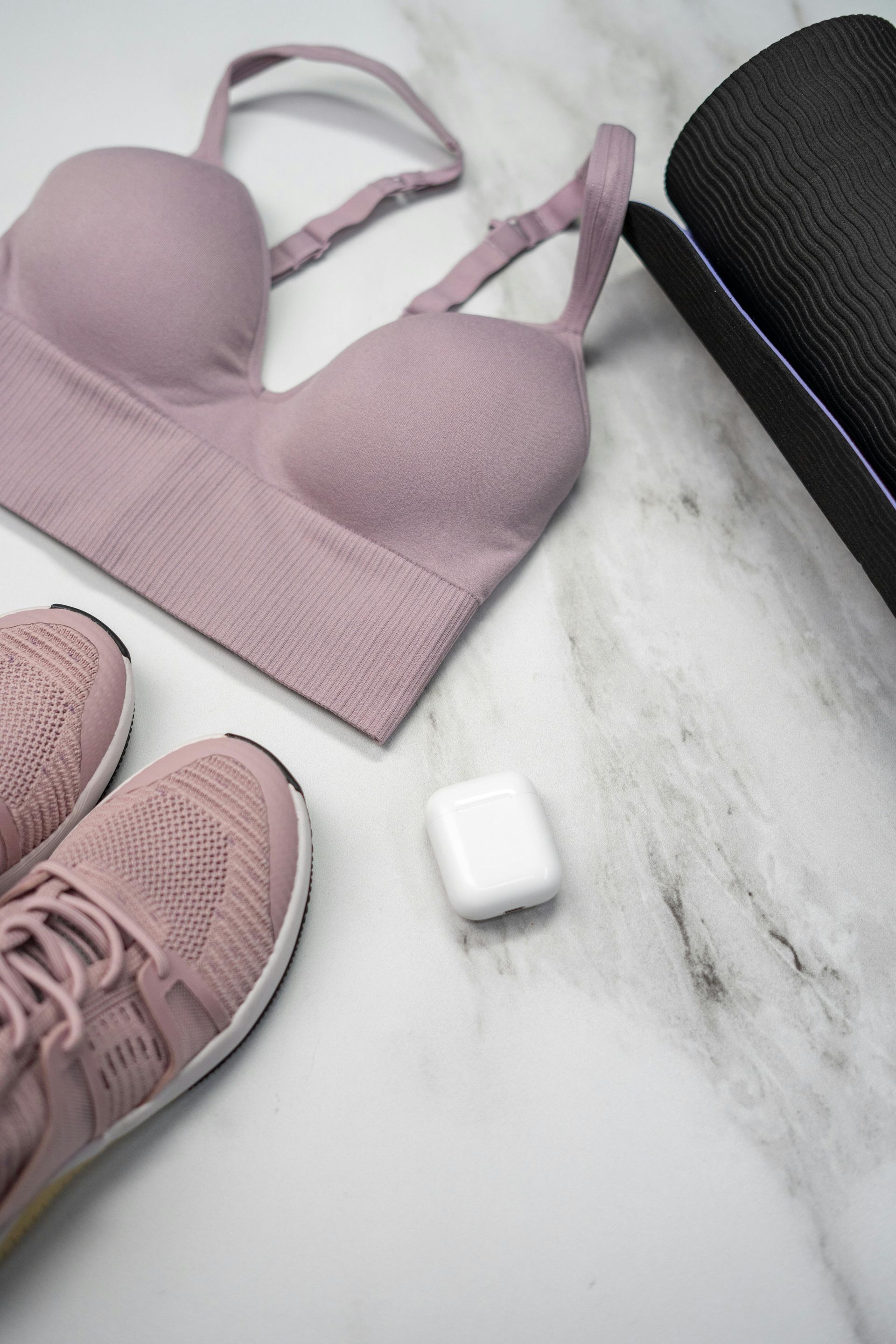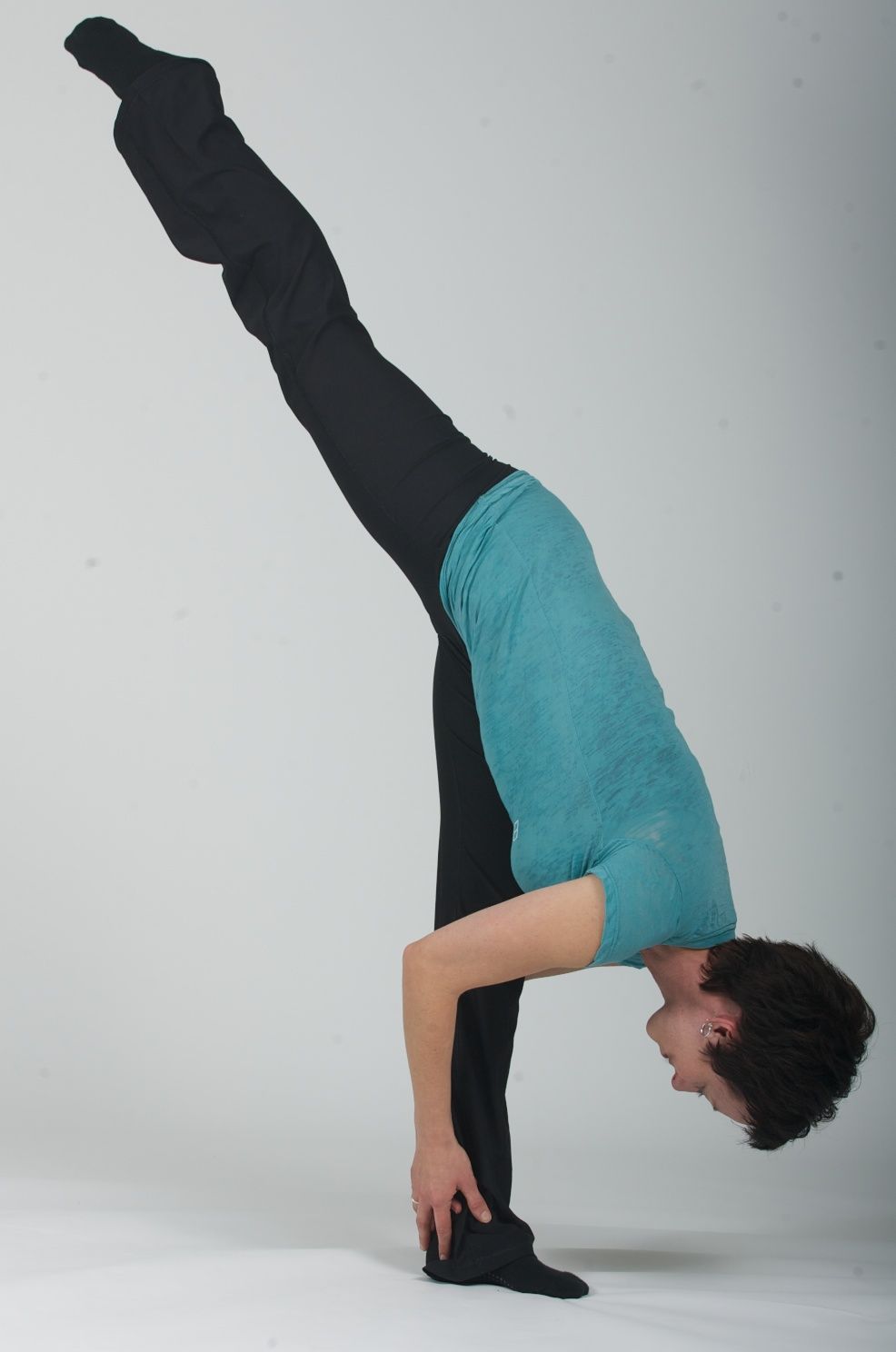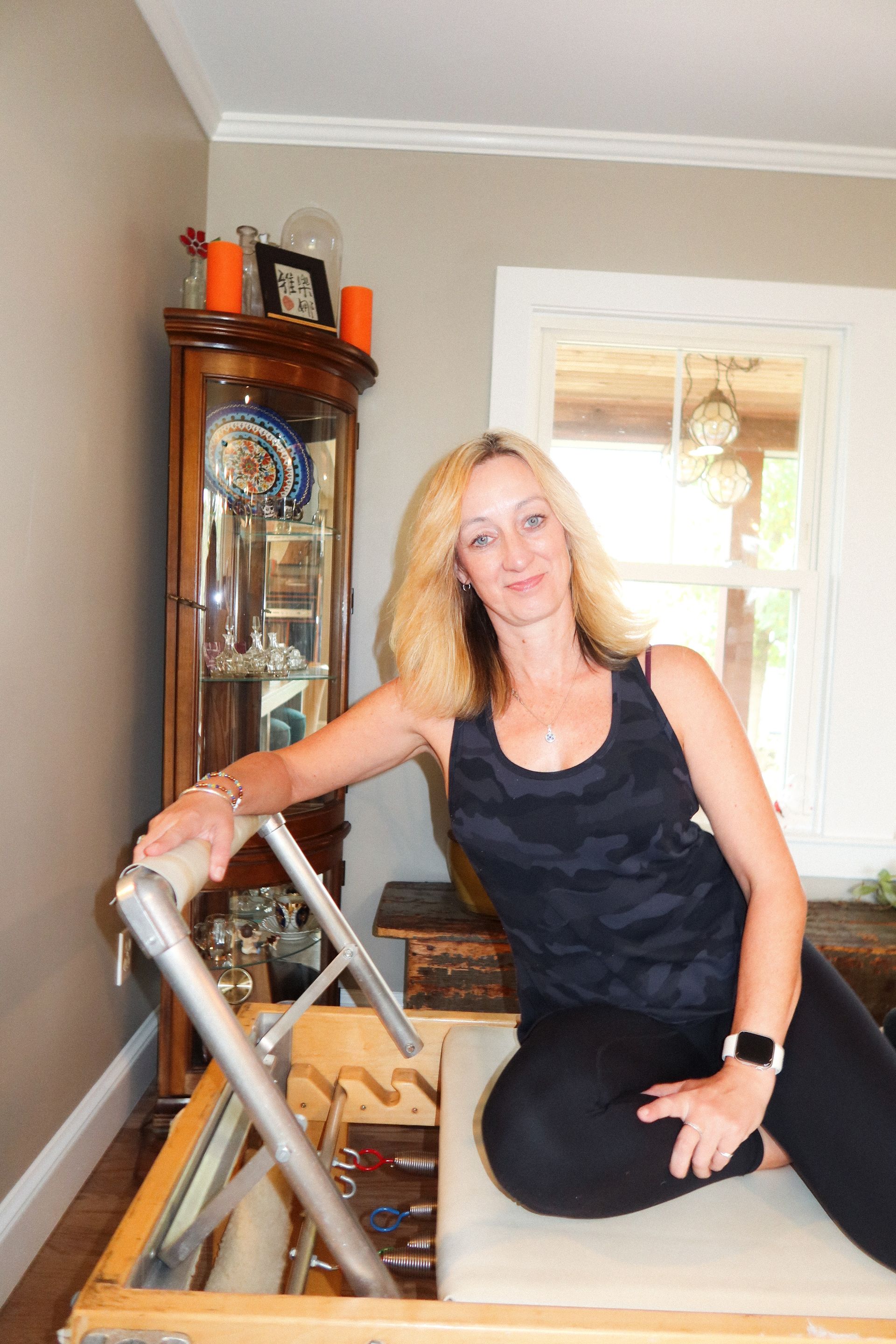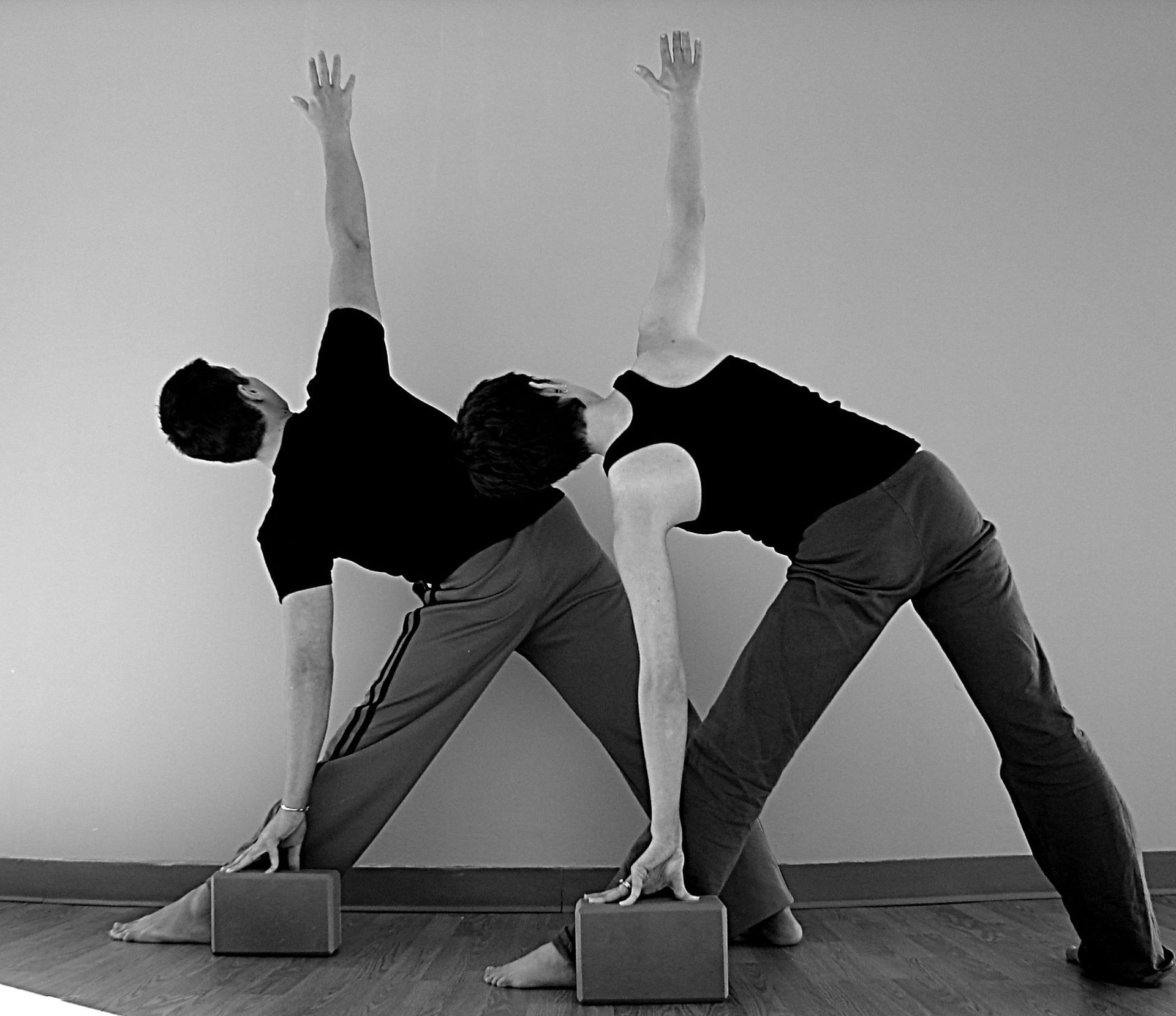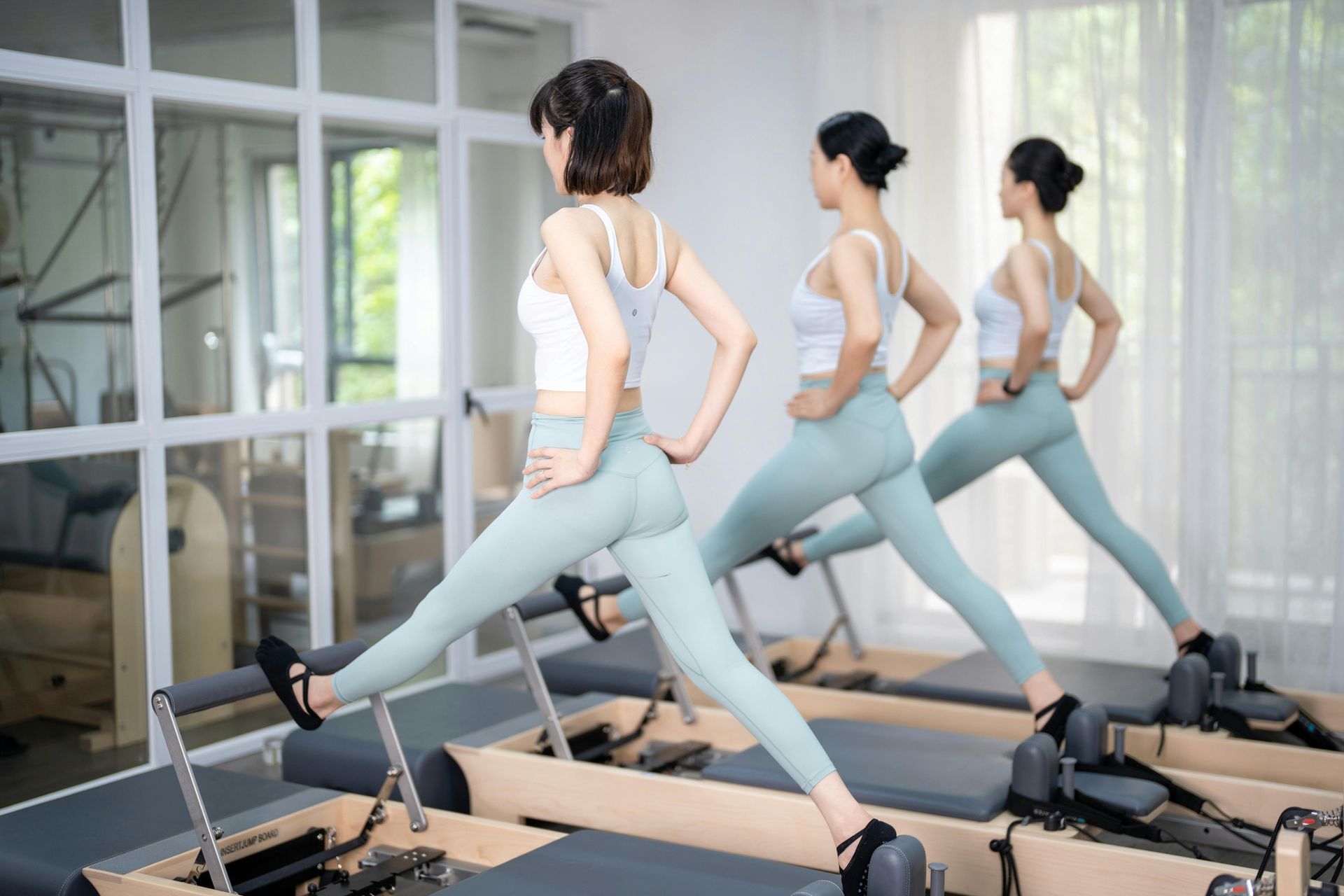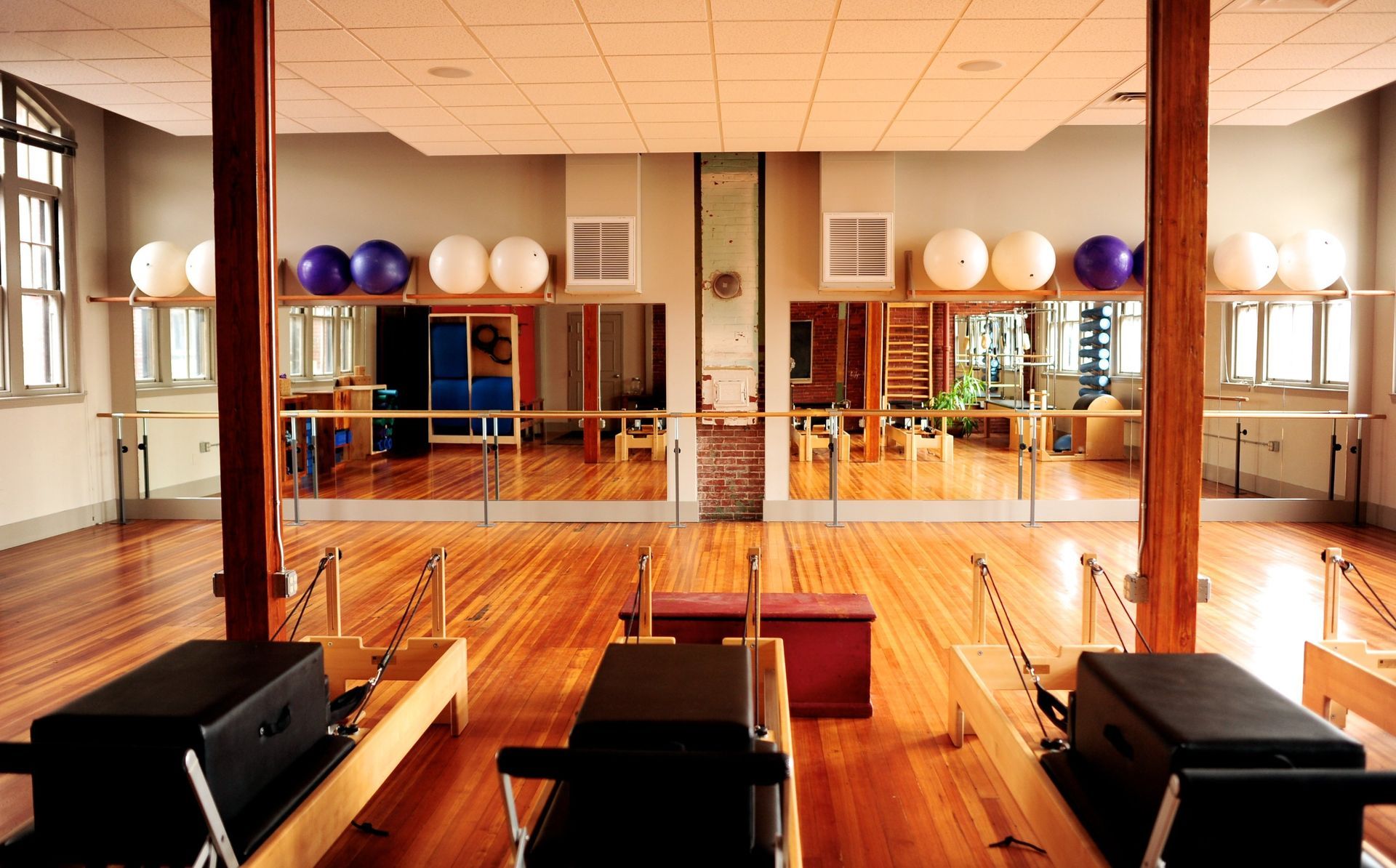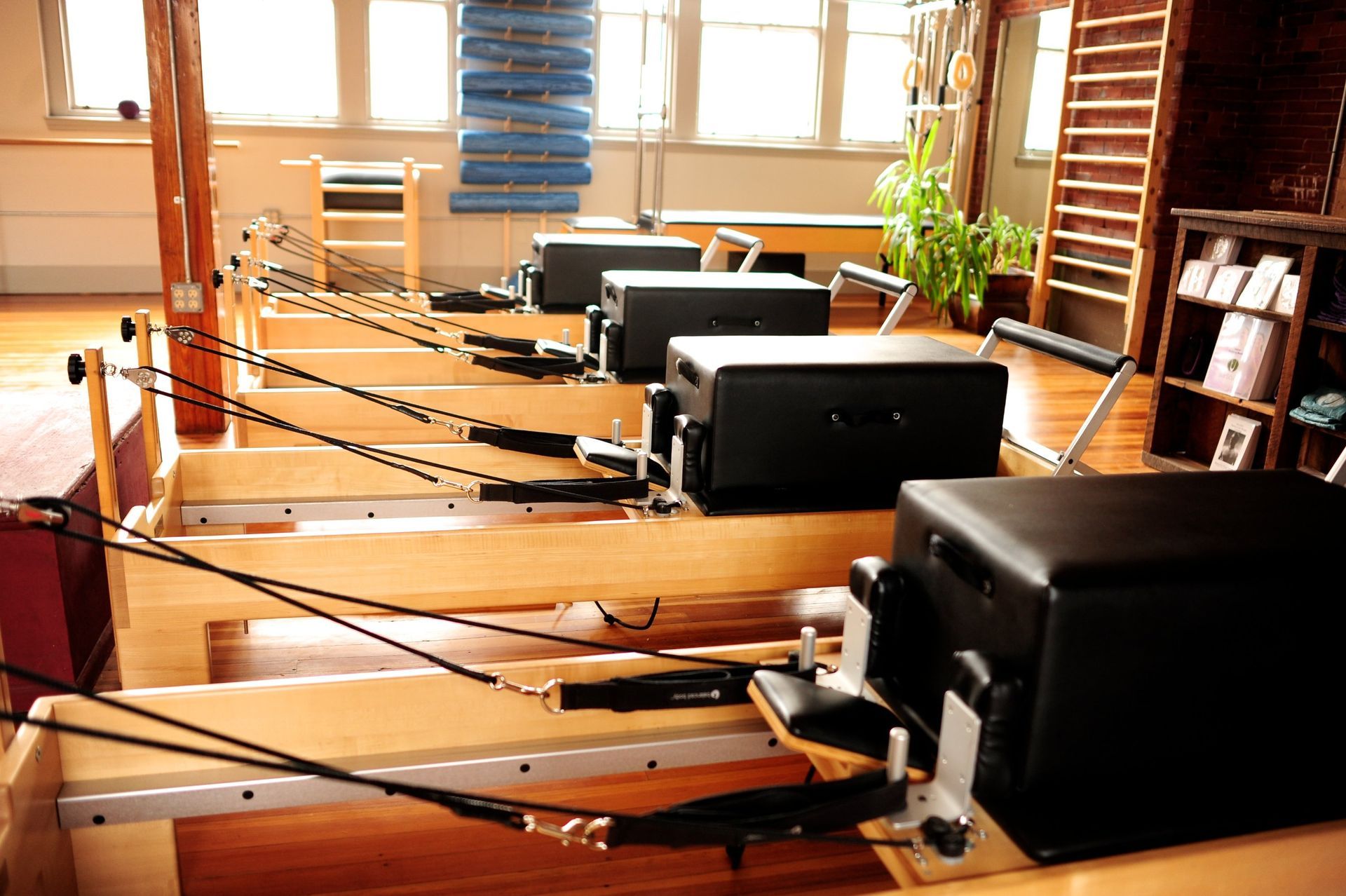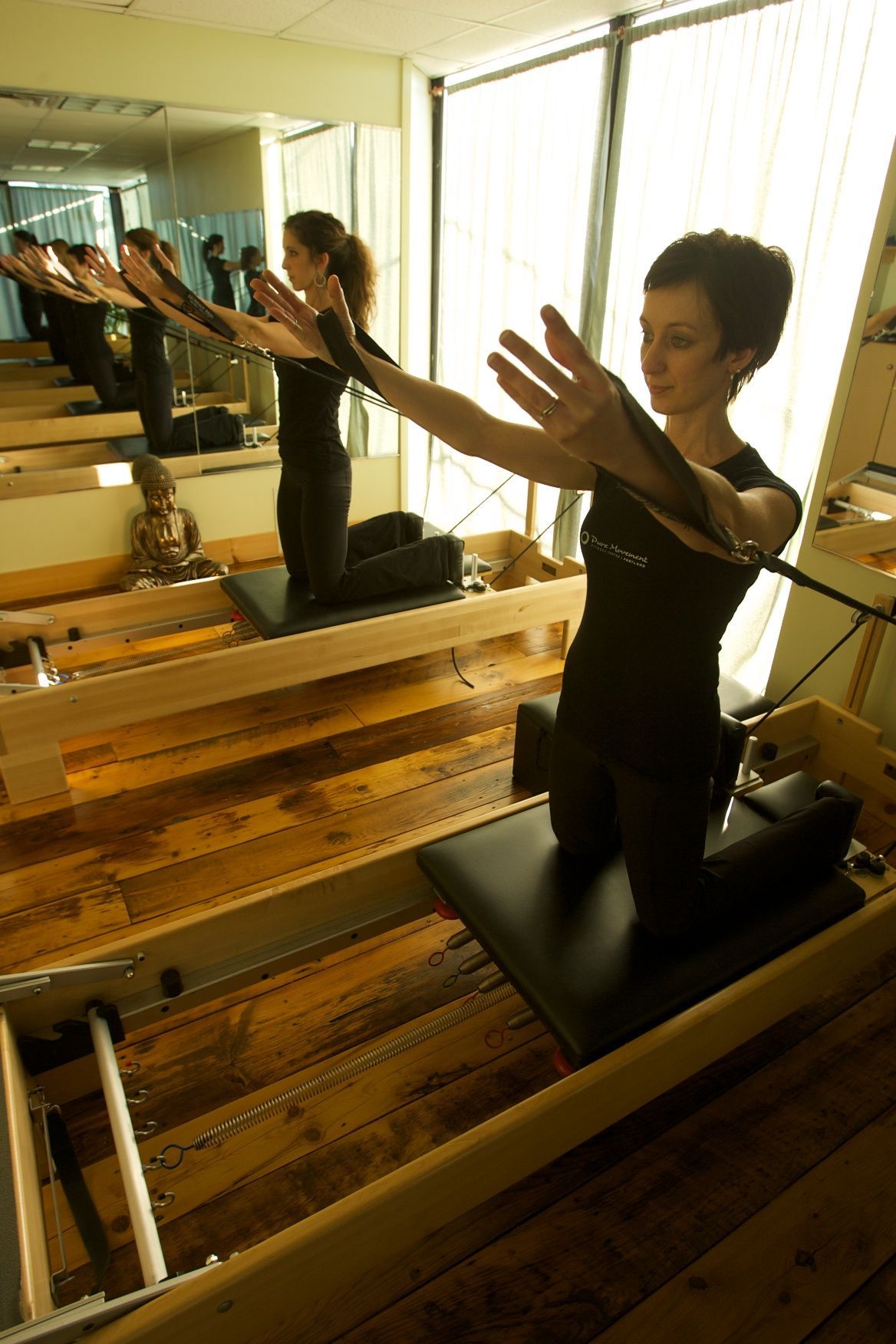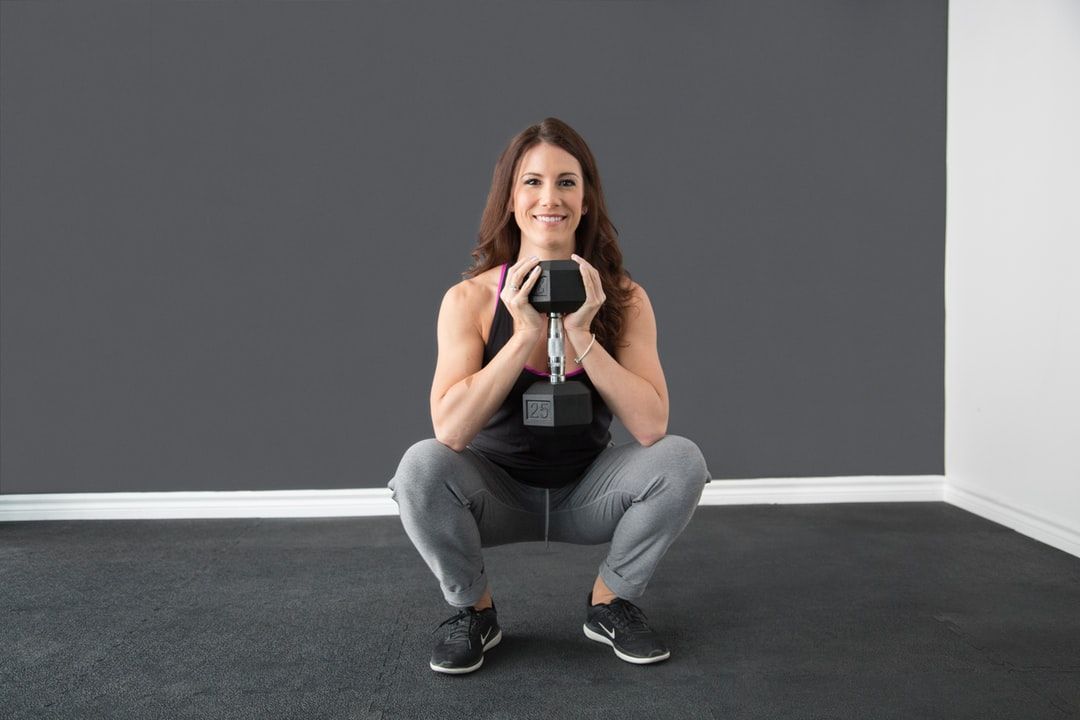Rolodex to Carousel
Why language, adaptability, and a willingness to evolve matter just as much as the exercises themselves.
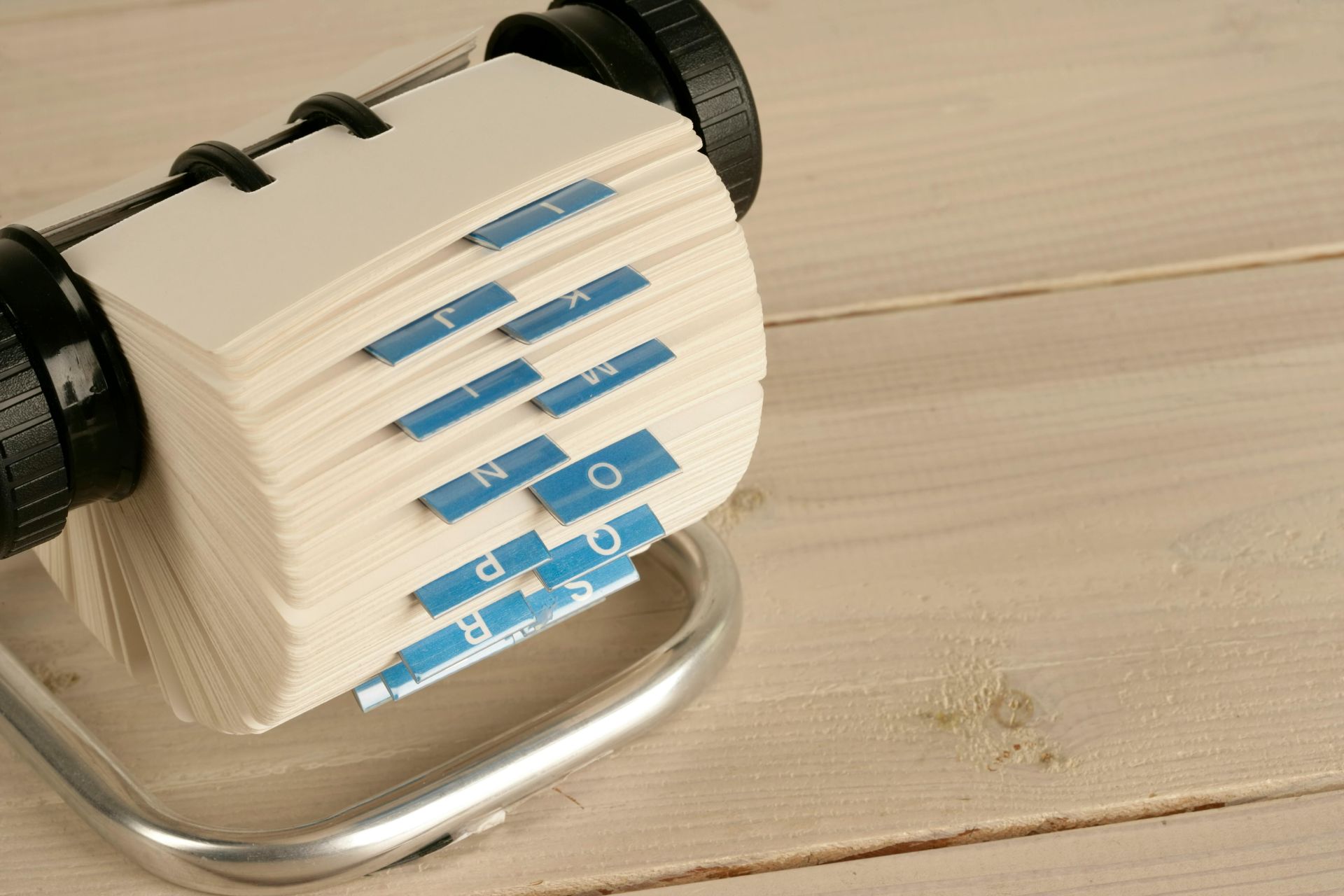
Introduction
This past weekend, while teaching a Pilates teacher training, I had one of those moments that stopped me in my tracks—not because of the Pilates itself, but because of the language I used to describe it. I casually explained to my under-30 trainees that I keep all the Pilates mat exercises in my head like a Rolodex—a neat little filing system I flip through mentally when deciding what exercise to teach, what to modify, and what to set aside for a particular client.
The looks on their faces were blank.
“Wait… what’s a Rolodex?” one of them asked.
Cue me realizing, in real time, that I had officially aged out of a cultural reference that once felt universal.
The Rolodex Moment
For those who may not know (and yes, I guess I’m now speaking to multiple generations here), a Rolodex was a physical device that sat on a desk, full of contact cards. You could flip through them, alphabetically or by category, and instantly find the number or information you needed. In the age before smartphones and search bars, it was the trusted organizational tool of professionals everywhere.
For me, the metaphor makes perfect sense: my brain holds decades’ worth of Pilates mat exercises, modifications, and progressions. Like a Rolodex, I can flip through quickly—choosing what’s most appropriate, discarding what doesn’t fit, and presenting the right “card” for the client in front of me.
But to my young trainees, it was meaningless jargon.
Searching for a New Metaphor
So there I was, standing in front of a group of bright, motivated future teachers, suddenly realizing that my well-worn teaching tool—the metaphor—was outdated. The best I could come up with on the spot was that it’s “like a carousel” spinning around, and I can just pull off the exercise that’s best at that moment.
Not my strongest analogy, but it did the trick.
What struck me wasn’t just that I’d used a dated reference. It was the bigger realization: to be an effective teacher, I can’t rely on what always worked before. I have to keep evolving, not just in the exercises I teach, but in the way I communicate, the metaphors I use, and the connections I build across generations.
The Foolishness of Aging Out of Language
It’s a funny kind of foolishness, really. I’ve spent decades honing my skills, training clients through injuries, pregnancies, chronic pain, personal trauma, and triumphs. I’ve owned a studio, created teacher training programs, and built a library of knowledge that’s second nature to me.
Yet here I was, feeling tripped up by something as simple as a metaphor.
It reminded me that knowledge doesn’t automatically translate. To teach effectively, I have to meet people not only where they are physically but also where they are culturally. That means recognizing that what’s obvious to me (or what once was obvious to everyone I knew) isn’t universal anymore.
Pilates as a Living Method
The Pilates method itself is a great teacher here. At its core, Pilates has survived and thrived for nearly a century because it has evolved. The original exercises remain, but we’ve adapted them for different bodies, different injuries, and different times.
Joseph Pilates couldn’t have imagined Zoom classes, Reformer workouts streamed on demand, or a global teaching community connected by Instagram. But the essence of his method—the principles of breath, concentration, control, precision, centering, and flow—remain timeless.
If Pilates can adapt and stay relevant, so can I. So must I.
Teaching Across Generations
Teaching teacher trainings now, I have the privilege of working with participants from every stage of life. Some are in their twenties, just starting their careers. Some are in midlife, pivoting from other professions. Some are older, rediscovering themselves after raising families or even retiring.
Each group brings its own energy, expectations, and yes, language. The challenge—and the joy—of teaching is finding ways to communicate across those differences.
That means using metaphors that land.
It means listening as much as I talk.
It means remembering that the “best” exercise is not the fanciest or hardest, but the one that fits the body in front of me.
Staying Determined to Grow
I’ll admit, that Rolodex moment made me feel old for a second. But mostly, it made me feel determined. Determined to keep learning, to keep growing, to keep changing—not just in my movement practice, but in how I connect with my students.
If I can laugh at myself and adjust in real time, then I can stay effective. I can continue to bring value to new generations of teachers who will take the method forward in ways I can’t yet imagine.
Just as Pilates evolves, so do I. And maybe that’s the greatest teaching of all.
Conclusion
So whether it’s a Rolodex, a carousel, or some new metaphor that hasn’t even been invented yet, the truth is this: effective teaching is about adaptability. It’s about seeing the student in front of you and adjusting not only the exercise but also the language to meet them where they are.
If I can keep doing that—if I can stay flexible in my teaching as well as my body—then I’ll never truly age out. I’ll simply keep moving forward, right alongside the method I love.
